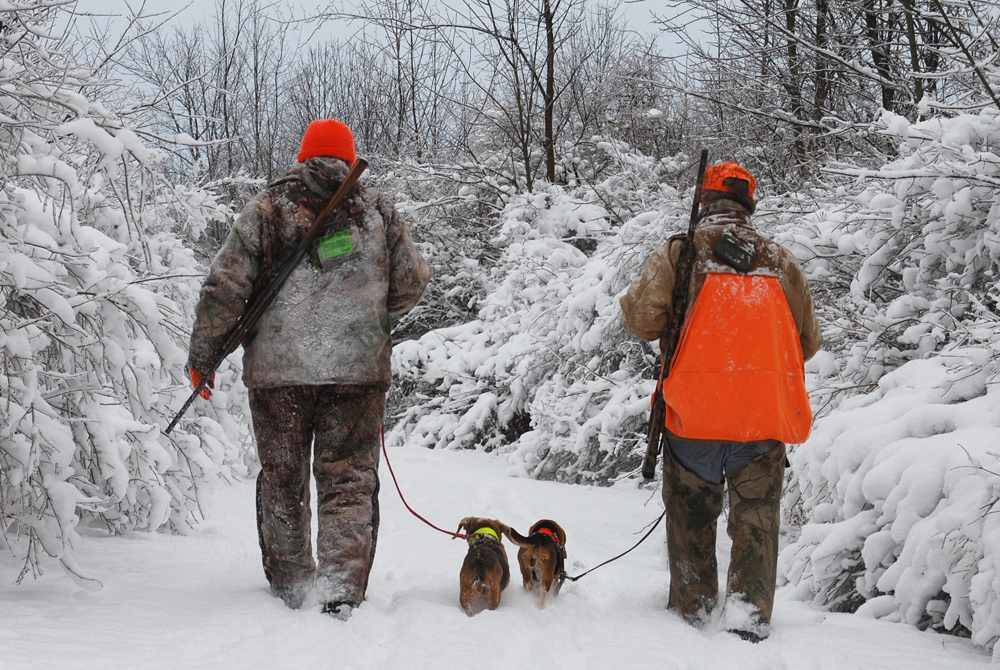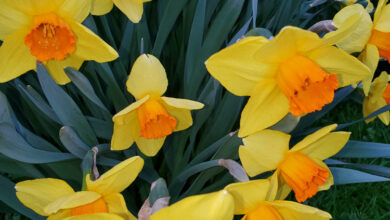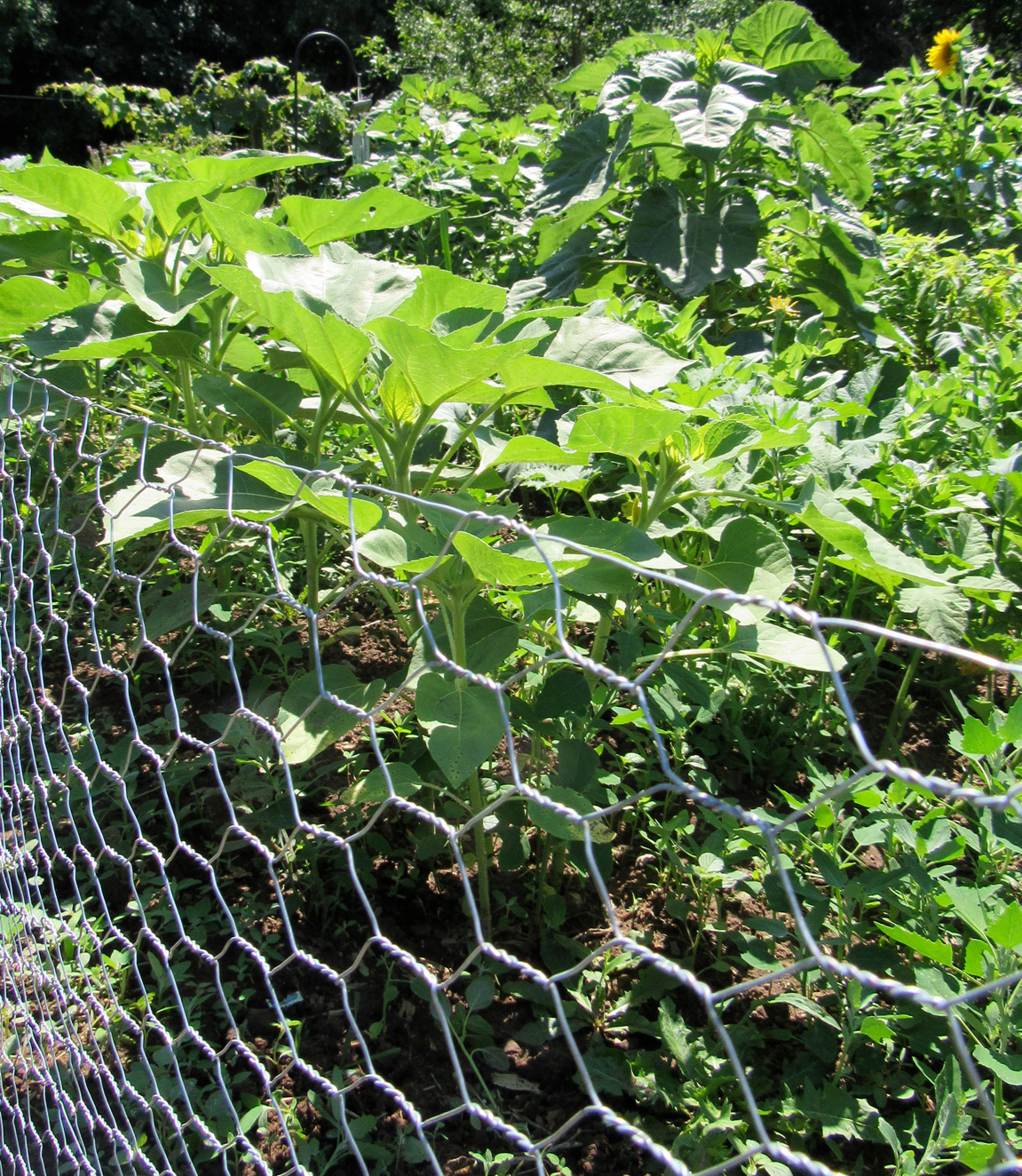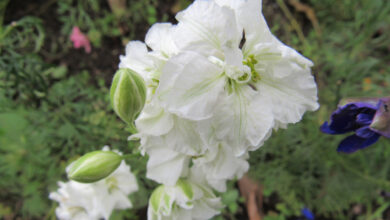Growing vegetables in containers
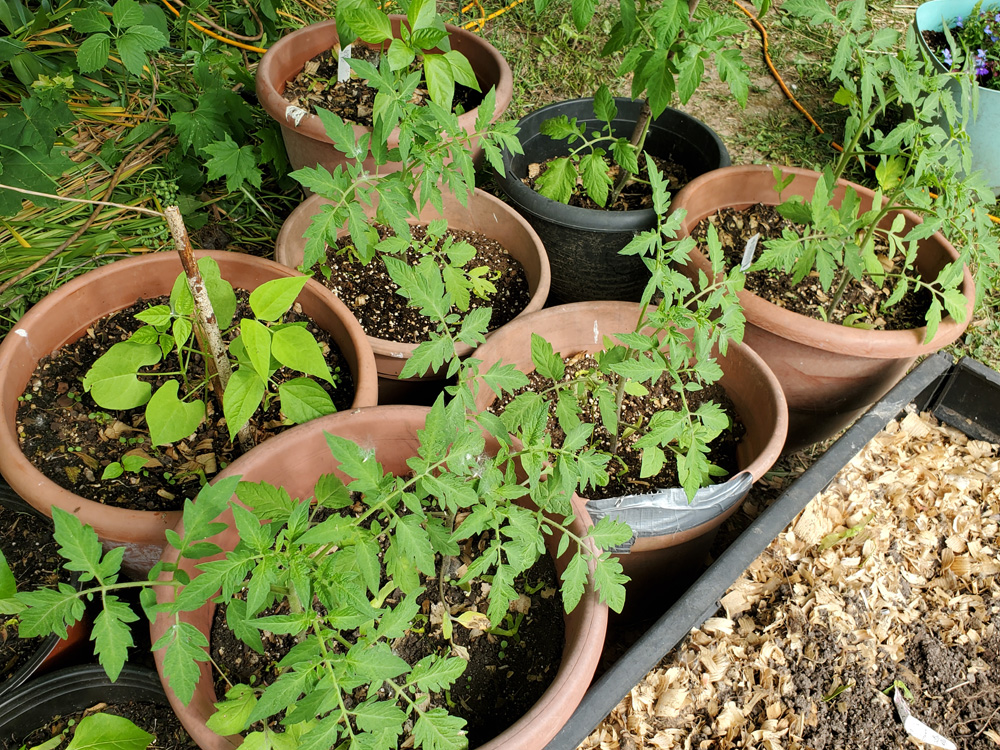
If you have limited space or you would just like to create more garden space without the hassle of tilling up a new garden patch, consider growing vegetables in containers. Cornell Cooperative Extension Suffolk County’s Horticulture Diagnostic Laboratory says anything that can be grown in the garden can be grown in a container. All you need to do is provide a suitable container, growing media, water, nutrients, and light to start a mini-farm.
Use your imagination when it comes to containers; just make sure they are big enough to support your plants when fully grown. Additionally, it should hold soil and have adequate drainage. Clay and plastic pots are always an option but think about other things like bushel baskets, garbage cans, barrels, wooden crates (which can be lined with plastic to hold soil), or even cement blocks. The most important thing is to make sure you have drainage. There should be adequate holes to allow excess water to drain off freely.
CCE Suffolk says small containers like eight- or 10-inch flower pots, plastic buckets, and dishpans can hold two to three lettuce or mustard plants, a single pepper plant, or several radish plants. Medium containers of three to eight gallons, such as small garbage cans or 12- or 14-inch flower pots, can accommodate larger quantities of smaller container vegetables or plants such as carrots, beets, and eggplants. Large containers of 10 to 20 gallons include tubs and large garbage cans. They can accommodate cabbage, Brussels sprouts, cucumbers, squash, tomatoes, and even dwarf varieties of corn.
Many dwarf varieties of vegetables have been developed specifically for growing in containers. These include Ruby Queen and Detroit Dark Red beets; Tiny Sweet and Nantes Half-long carrots; Pot Luck and Patio Pick cucumbers; Golden Midget and Midget Hybrid sweet corn; Morden Midget and Long Tom eggplant; and Tiny Tim and Small Fry tomatoes.
Use a lightweight potting mix, as soil dug up from your garden is too heavy for a container. You need porous soil to support potted plants because their roots need air and water.
Cold season crops like lettuce, spinach, radishes, and broccoli can be planted early in the year. Tomatoes, peppers, eggplant, corn, and beans are warm-weather crops and should be planted after the weather has warmed. Sow seed at the depth indicated on the seed packet. Containers should be put in a warm place out of direct sun after seeding as most seeds germinate well in a moist environment. Once the seeds have sprouted, the containers can be placed in a sunny location. Thin your plants as overcrowding can lead to malformed, spindly, and small plants with low yields.
Plants such as tomatoes, peppers, and eggplants work better when transplanted into containers. Look for short, stocky plants that are not yet in blossom. Keep root balls intact.
Keep your containers well-watered. This is probably the most important part of growing vegetables in containers, which can dry out quickly, especially in hot, dry weather. Check pots at least once a day and twice on hot, dry days. Fertilize with a water-soluble fertilizer at the recommended rate – do not over-fertilize; you may burn your plants and kill them. Keep your containers in a spot where they will get ample sun. Tomatoes, peppers, green beans, eggplant, squash, and cucumbers need six hours of full sun. Beets, carrots, radishes, lettuce, spinach, and Swiss chard require less light.



